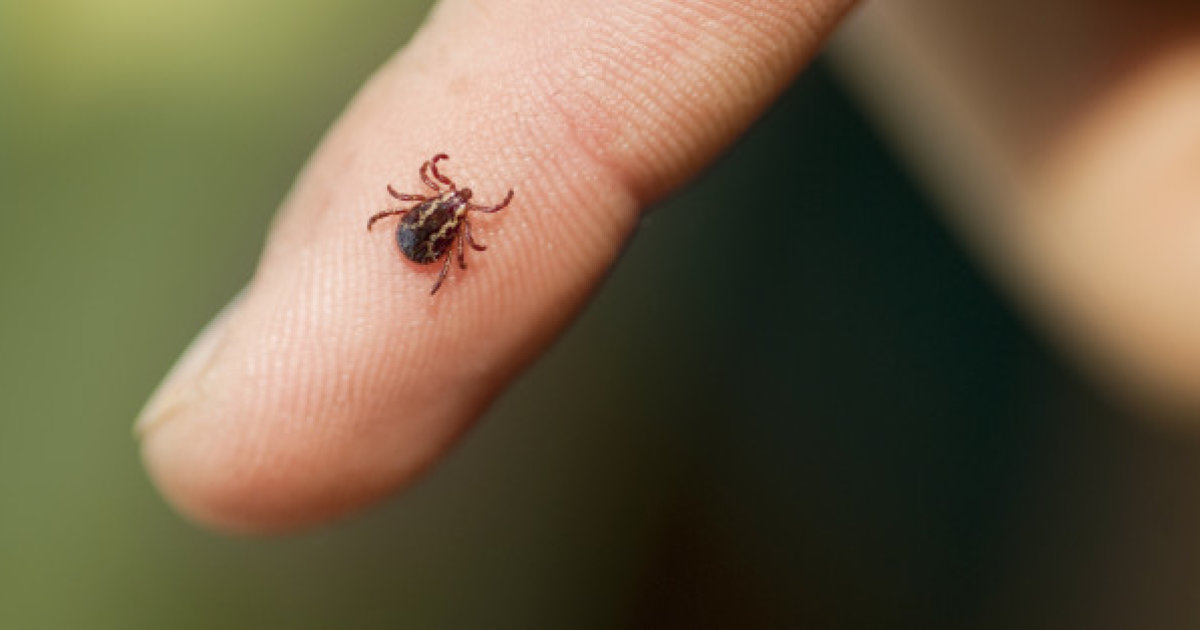Causes and Complications of Rocky Mountain Spotted Fever
Rocky Mountain spotted fever is a relatively rare bacterial disease spread through bites from infected ticks. The infection itself is caused by the Rickettsia rickettsii parasite. Rocky Mountain spotted fever was first identified in the Rocky Mountains of the United States, and it is frequently found throughout the southeastern portion of the country. Cases have also been identified in Canada, Mexico, and Central and South America.
Symptoms normally appear within seven days of infection, and some patients may not show symptoms for up to two weeks. Some of the most common symptoms of Rocky Mountain spotted fever are a high fever, chills, muscle aches, and confusion. Patients may also have nausea, vomiting, and a severe headache. Sometimes, patients may develop a specific type of rash within three to five days after infection. This rash does not itch, and it generally begins on the wrists and ankles, though it can spread up to the torso and along the arms and legs. Some patients with Rocky Mountain spotted fever will never develop a rash, which can complicate diagnosis. In fact, since the symptoms mimic those of other illnesses, Rocky Mountain spotted fever may sometimes be misdiagnosed as influenza or other less serious conditions. Rocky Mountain spotted fever can be confirmed through a blood test, and antibiotics are normally started immediately if clinicians suspect a patient has this condition.
The major causes and complications of Rocky Mountain spotted fever are described below.
Contact With Infected Ticks

Rocky Mountain spotted fever is transmitted to humans through contact with infected ticks. Infections are most common when ticks are active during the spring and summer. In the United States, patients who live in the southeastern area of the nation are at an elevated risk of this disease. Generally, ticks are likely to be encountered on hikes through grassy or wooded areas, and patients are advised to wear long sleeved shirts, long pants, and hats when hiking in these areas. Ideally, clothing should be sprayed with an insect repellent. Patients should also examine their skin after a hike to check for the presence of any ticks, and these should be pulled out with tweezers and flushed down the toilet. Occasionally, patients have caught Rocky Mountain spotted fever through contact with dogs that carry ticks. Dog owners should be especially careful to use tick prevention medicines for their pets, and any ticks discovered on a dog should be removed immediately.
Get familiar with the complications linked to Rocky Mountain spotted fever now.